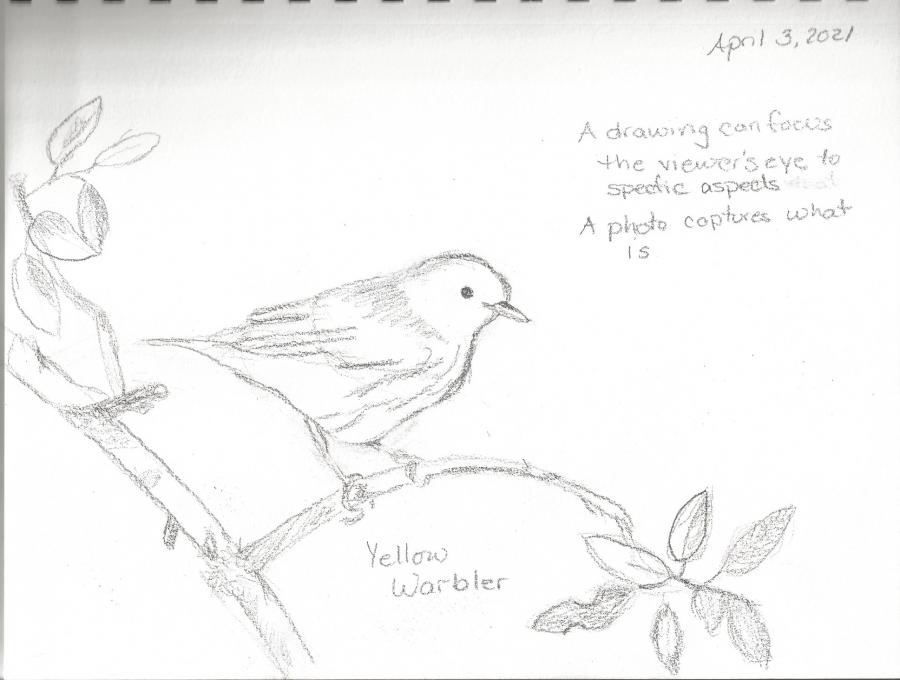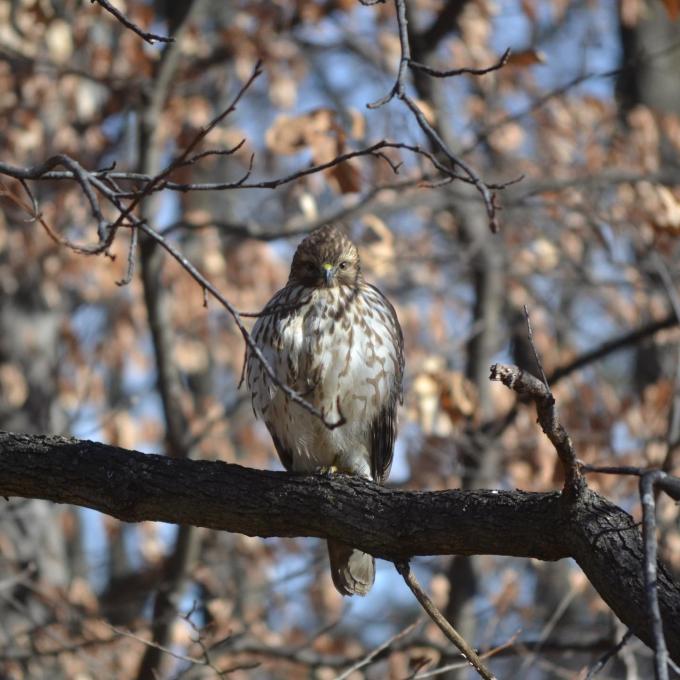Susan
Forum Replies Created
Viewing 7 posts - 1 through 7 (of 7 total)
-
SusanParticipantI'd like to plant nectar sources for hummingbirds that we have in the summer and I'd like to provide more shelter and food sources for the birds that stay overwinter. I've been able to look up what trees, bushes, vines, or flowers I'll need, but finding the plants can be difficult. Most of the local nurseries even if they say they have native plants, end up having fancy cultivars. I've found my state's forest and wildlife department has a state tree nursery that offers many native barefoot seedlings for order in the fall. There is a local non-profit that grows native plants for sale. A native botanical garden offers native plant sales as fundraisers. A wetland restoration business offers some of the plants they use in restoration for retail sale to the public. I'm glad I've been able to find these round about ways to get native plants, but I don't understand why nurseries don't offer native plants. I feel like they are losing out. But it turns out, I can buy plants cheaper from the sources I had to uncover.
-
SusanParticipantIt wasn't challenging to map out my yard and look up my ecoregion and hardiness zone. Because there is so much to do, I find that I have a few projects going on at once. I have so many invasive growing under the wooded area of my yard. Last year I had an eco-goat service come to knock down the weeds. It was fun watching the goats eat! We were able to maintain control and plant some areas. We have scheduled the goats to come and redo some spots and hit some new areas. There are many non-native ornamentals that we have marked for removal. So far we have removed all of the barberry bushes and replanted with Carolina spicebush and black chokeberry. We removed some Japanese Spirea and put in native wildflowers. I have more spirea that needs to go, plus catmint, skip or cherry laurel, non-native viburnums, etc. We have expand the flower beds and the beds around tree and added native bushes and ground covers. I'd like to replace the lawn with some native options. We have made a start, but there is still a long way to go.in reply to: Gather Your Local Knowledge #823863
-
SusanParticipantThe two areas I'd like to improve in our yard are year-round abundance and keeping birds safe. I leave the seed heads on my plants, but we need to provide more overwintering berries and nut sources. We have many screened windows, but a few casement windows have screens on the inside. I have marked vertical stripes with a white paint pen on the largest window, but that was challenging to make attractive. I bought sticker tape for the remaining windows and need to put them on the remaining windows. We also need to re-locate our feeders closer to cover or add cover to the current locations.in reply to: Keys to Gardening for Birds #821106
-
SusanParticipantI want to increase the amount of cover and nuts we provide. We have a few birdbaths, but I've like to have a water feature eventually.in reply to: Give Birds What They Need #821097
-
SusanParticipantOur 1-acre yard is primarily trees in the back and grass in the front. We love watching the birds and squirrels, the occasional deer, fox, raccoon, and opossum. We recently visited a native garden and now wish to replicate some of what we saw. We want to remove the invasive vines and plant shrubs and small trees, and some shade-loving plants in the back. In the front, we have been expanding the beds to reduce the grass. We are planting flowers and other plants that attract butterflies or moths and feed birds in the winter. We are hoping to switch over the lawn to some combination of native flowers or ground covers.in reply to: Joys of Naturescaping #821096
-
SusanParticipant
 in reply to: Jump Right in! #804901
in reply to: Jump Right in! #804901 -
SusanParticipantMy husband was the one member of the family most interested in watching birds. Over time, his interests have spread to other members of the family. What drew me in was the bluebirds who have been nesting in our yard since 2018. I started planting more native plants, beginning with milkweed for the butterflies, then spicebush for the swallowtails, and native berries for the birds (and some for the humans too). This past year saw a dramatic increase in bird feeders, nest boxes, and native plants, which have been my salvation during this pandemic. My yard has never been more full of life, more interesting, or more beautiful. I am hooked! Below is a juvenile Red Tailed Hawk. I
 in reply to: Activities: Helping Birds in Your World #803653
in reply to: Activities: Helping Birds in Your World #803653
Viewing 7 posts - 1 through 7 (of 7 total)

